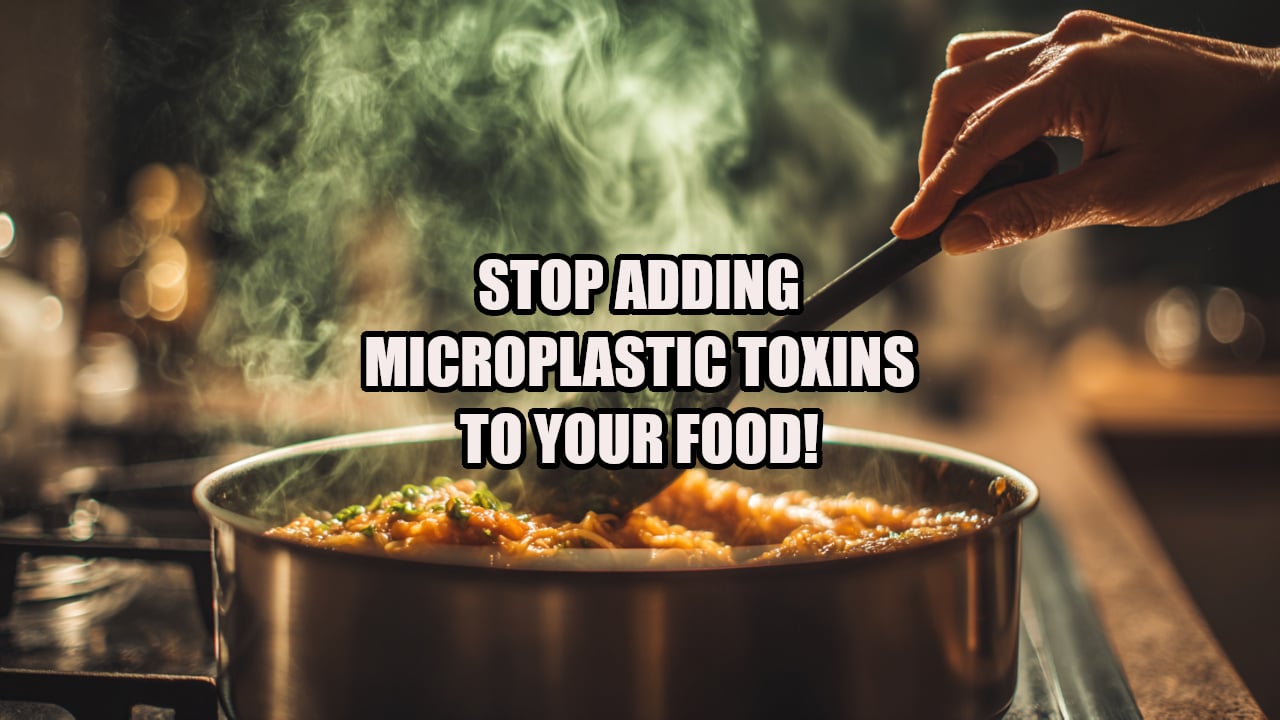You are working hard to exercise, eat right, and do the clean living thing, but the tools you are using to make all that healthy food might actually be working against you in a major way.
The cutting boards, utensils, and even the storage containers you use every day are probably shedding what are known as microplastics. Microplastics are tiny particles of plastic smaller than 5mm and they are literally in all our food, water, and air, carrying toxins that harm your body.
While there is no way to avoid microplastics at this point, we can make an effort to minimize our exposure to them in our homes, particularly in our kitchens.
In this post, I will go over why microplastics are bad for you, and then go over some changes you can make in your kitchens to help reduce the amount of them that you eat in your food!
Why Microplastics Are a Health Threat
Microplastics aren’t just litter; they’re a personal health crisis. Laden with chemicals like BPA, phthalates, and PFAS, they trigger oxidative stress, damaging cells and speeding up aging, per the National Institutes of Health (NIH). Studies in Environmental Health Perspectives link them to hormonal imbalances, reproductive issues, and higher risks of chronic diseases like cancer, diabetes, and heart disease due to inflammation and toxin buildup.
A 2024 The Lancet study found microplastics in human blood, lungs, and placentas, showing they infiltrate deep, potentially causing immune dysfunction or neurological harm. Your kitchen is a key battleground to reduce exposure and protect your well-being.
Dump The Plastic Cutting Boards

Plastic cutting boards are microplastic factories. Every chop or scrape releases thousands of particles into your food.
These particles carry toxins that can disrupt hormones or accumulate in organs. Switching to hardwood cutting boards, which are durable, naturally antimicrobial, and safe. Maintain them with mineral oil to prevent cracking. They’re not just healthier—they add a rustic charm to your kitchen.
Worried about bacteria? Wooden cutting boards have been shown to not harbor any more bacteria that plastic ones, and sometimes even less.
Alternatives to Plastic Cutting Boards:
Ditch Plastic Utensils (Especially Black Ones)
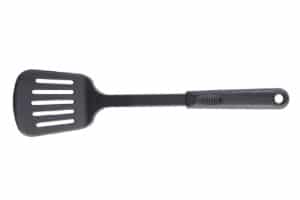
Plastic utensils, particularly black plastic ones, are a health hazard. Black plastic often contains recycled electronics with flame retardants like PBDEs, which are linked to thyroid issues and developmental problems, per Environmental Health Perspectives. Heat and wear cause all plastic utensils to shed microplastics into your food. Replace them with wooden spoons, bamboo spatulas, or stainless steel tools. These are sturdy, safe, and won’t degrade under high heat.
Wooden utensils develop a warm patina over time, while stainless steel is dishwasher-friendly. If you’re stirring hot soups or flipping pancakes, these alternatives keep your meals free of toxic particles and last for years.
Alternatives to Plastic:
Stop Using Plastic Storage Containers
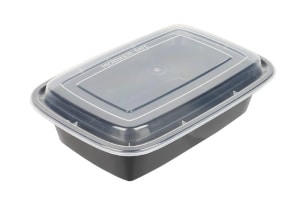
Plastic storage containers, even “BPA-free” ones, leach microplastics and chemicals, especially when scratched or aged. The worst are the black plastic t0-go containers. Reheating in them is a big n0. No microwaving or dishwashing, as heat accelerates particle release. This can lead to toxin buildup linked to cancer or fertility issues.
Use glass containers or stainless steel canisters for storing and reheating. Cover bowls with silicone lids or plates for fridge storage.
Glass is versatile and safe for ovens, while stainless steel is lightweight for on-the-go meals. These swaps cut microplastic exposure and reduce waste, aligning with a freer, healthier lifestyle.
Alternatives to Plastic Storage Containers:
Eliminate Plastic Storage Bags
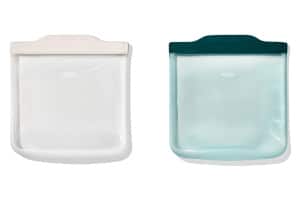
Plastic storage bags, like Ziplocs, are single-use microplastic bombs. They are so bad that Ziplock is getting sued over the microplastic exposure from their bags.
Freezing, thawing, or even just sealing them causes particle shedding, which can contaminate food and contribute to health risks like metabolic disorders.
Switch to reusable cloth bags, beeswax wraps, or glass jars for food storage. For snacks or freezer items, silicone bags are a durable, non-toxic option.
Cloth bags are washable and great for dry goods, while beeswax wraps mold to food for a snug fit. These alternatives save money and keep your food free of harmful plastics.
Alternatives to Plastic Bags:
Replace Microfiber Towels
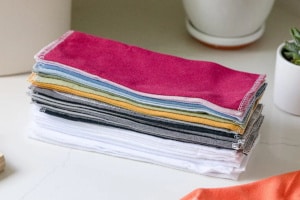
Microfiber towels, made of synthetic plastics like polyester, release microplastics when washed or used, which end up in water systems and your body. A 2022 Environmental Research study found they contribute significantly to household microplastic pollution, linked to inflammation and immune issues.
Use cloth paper towels, cotton dishcloths, or hemp rags instead. These are biodegradable, absorbent, and washable without shedding harmful particles.
Cotton cloths are soft for dishes, while hemp is tough for scrubbing. Stock up on a few to rotate, and you’ll cut microplastics while keeping your kitchen green.
Alternatives to Microfiber Towels:
Trash The Non-Stick Pans
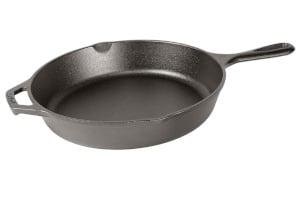
We have known for decades that non-stick pans with PTFE coatings (like Teflon) degrade over time, releasing microplastics and PFAS chemicals when scratched or overheated. We are just now learning however how these “forever chemicals” are linked to liver damage and cancer.
For a healthier, and longer lasting option, switch to cast iron, or stainless steel pans. Cast iron is naturally non-stick when seasoned, while ceramic offers a slick surface without toxic risks.
Cast iron lasts generations with care, and stainless steel handles high heat like a champ and can go from stove top to oven with no worries. These pans cook cleaner, reducing your exposure to toxins that could disrupt your health.
Alternatives to Toxic Non-stick Pans:
Your Path to a Microplastic-Free Kitchen
Every swap you make—whether it’s a bamboo cutting board or a glass jar—reduces microplastics and protects your health from their toxic effects. Start with one change and build from there.
Before you go to cook next time, stop and look at the the tools you are using and consider what it is adding your food that you don’t want in your body.
What’s the first kitchen item you’ll replace to live freer and healthier?

